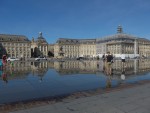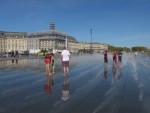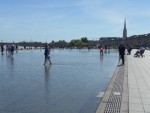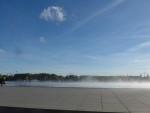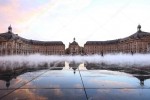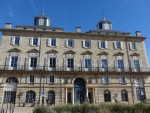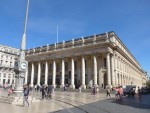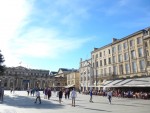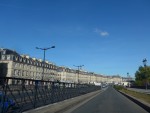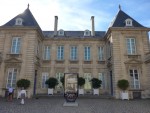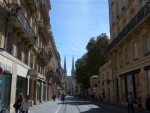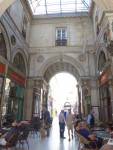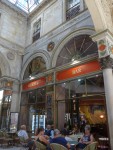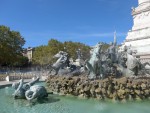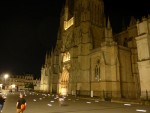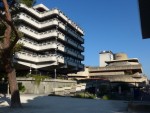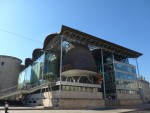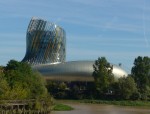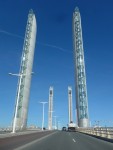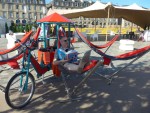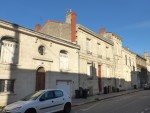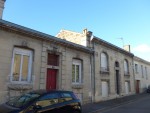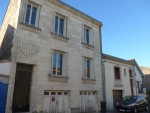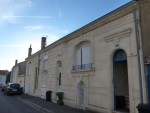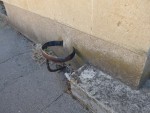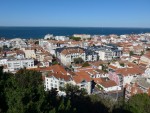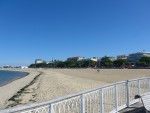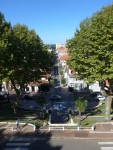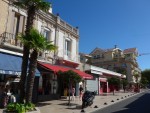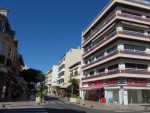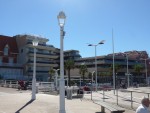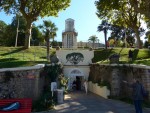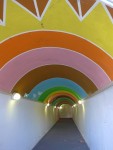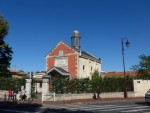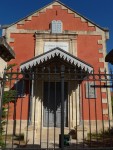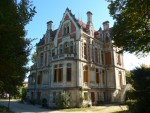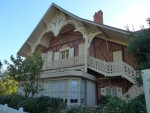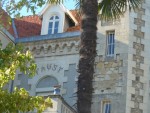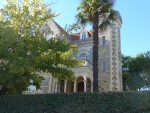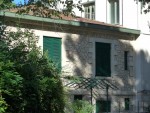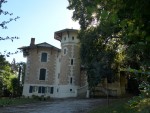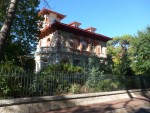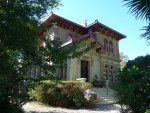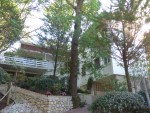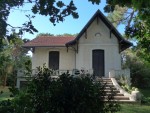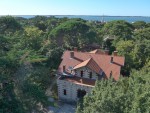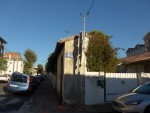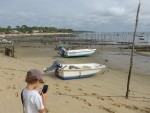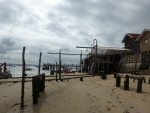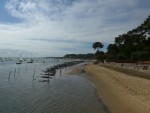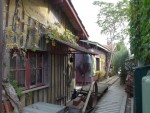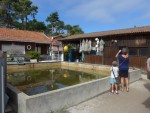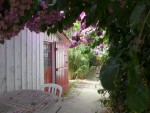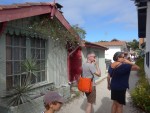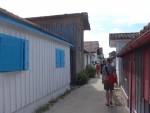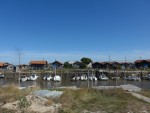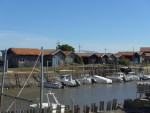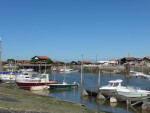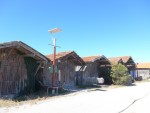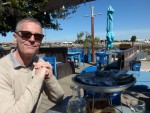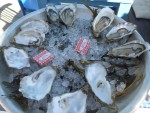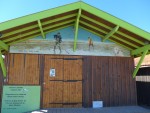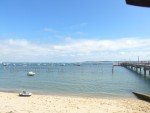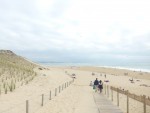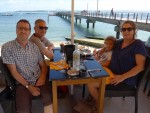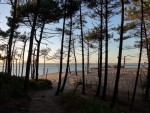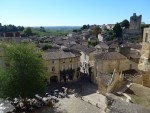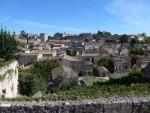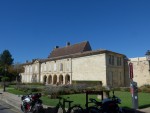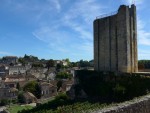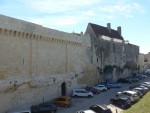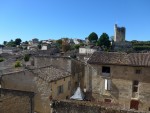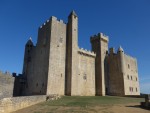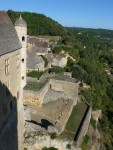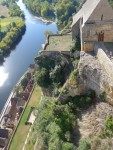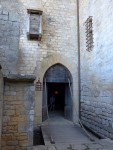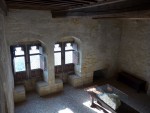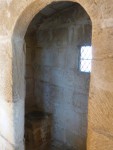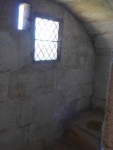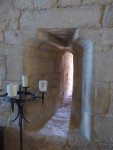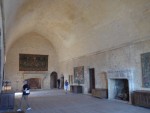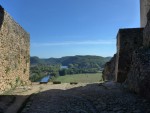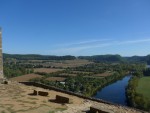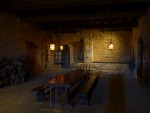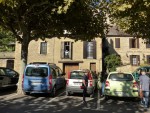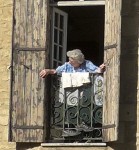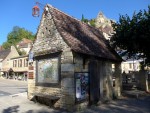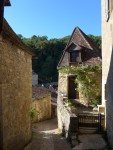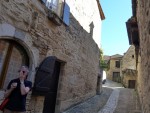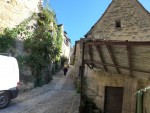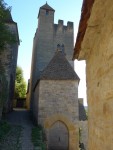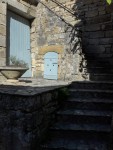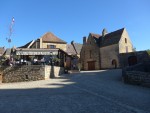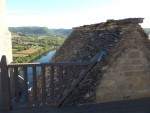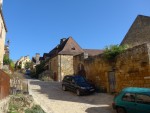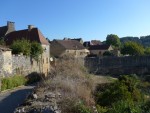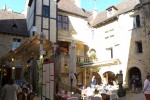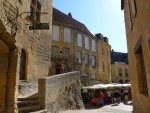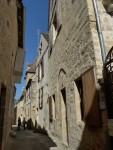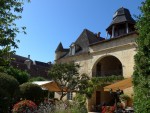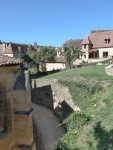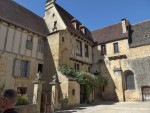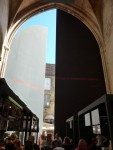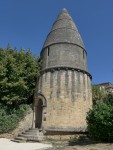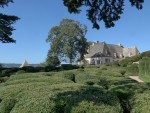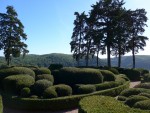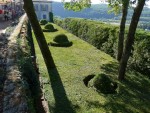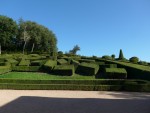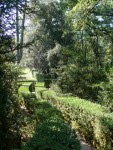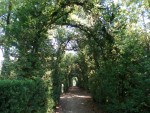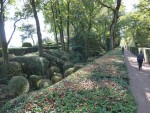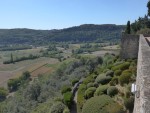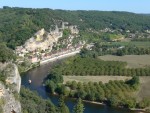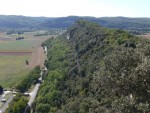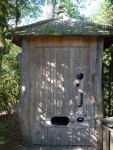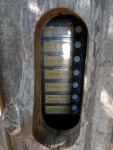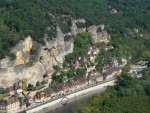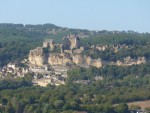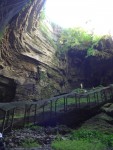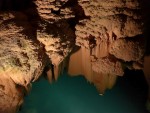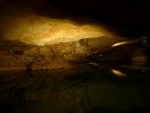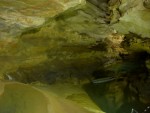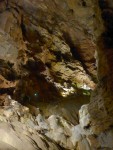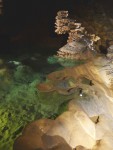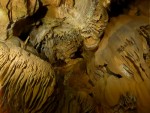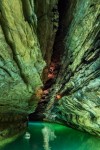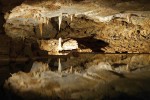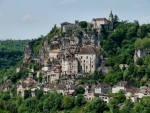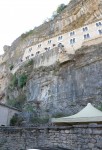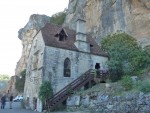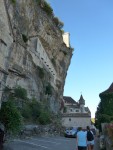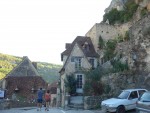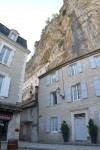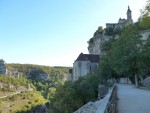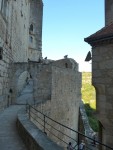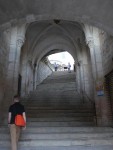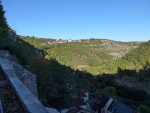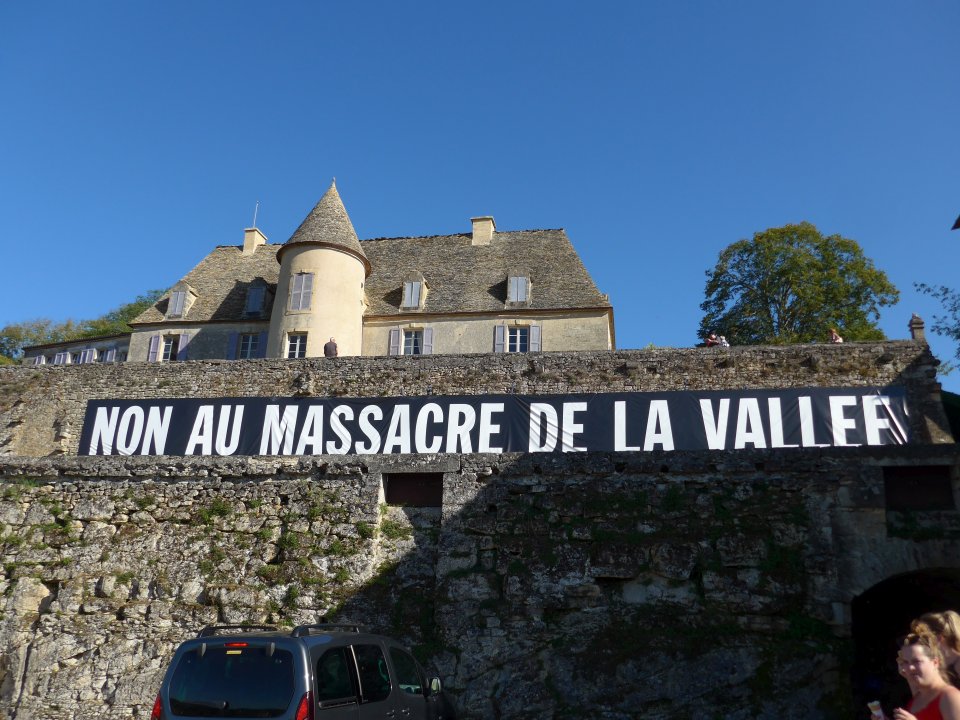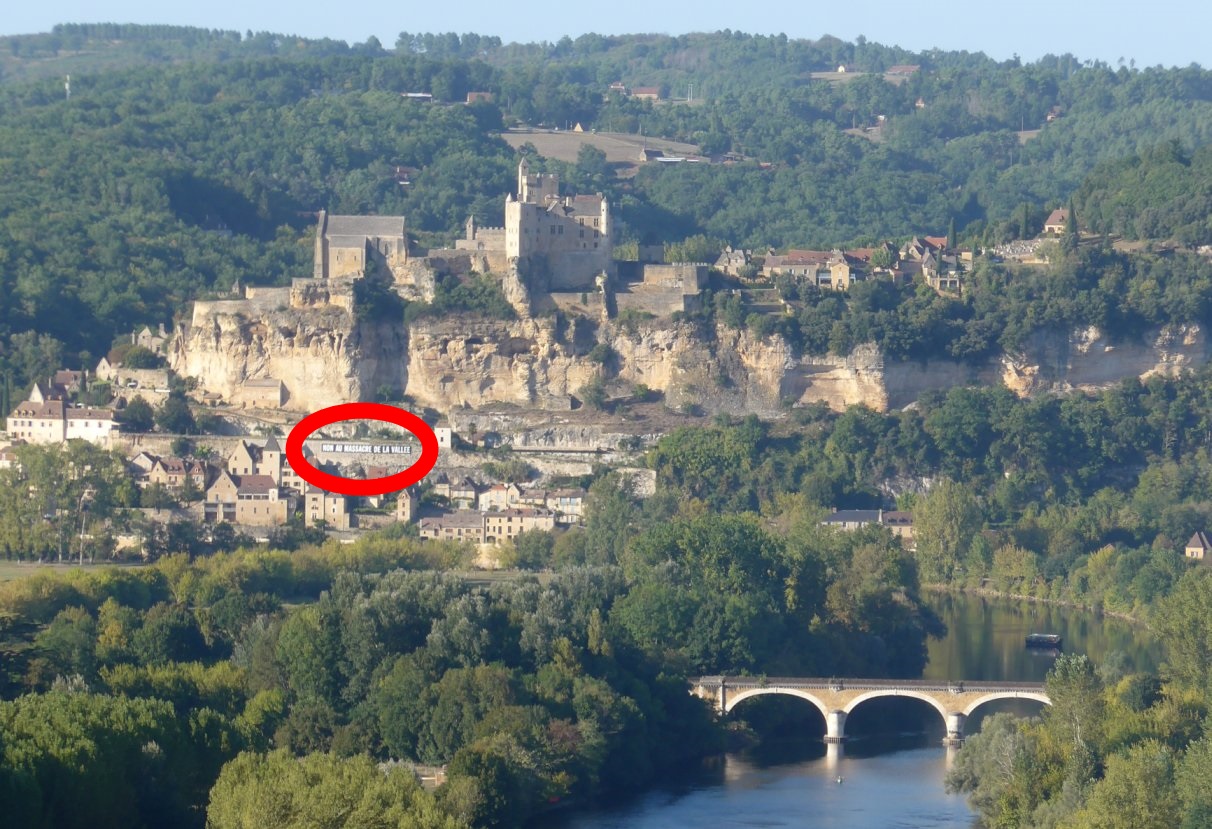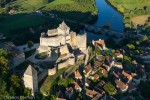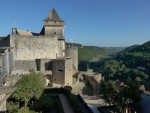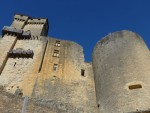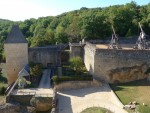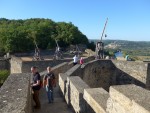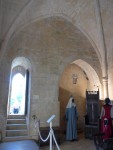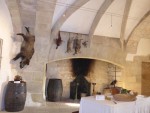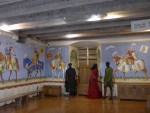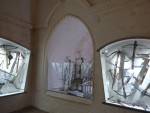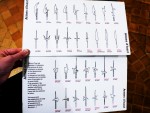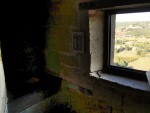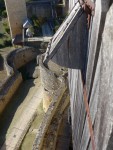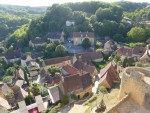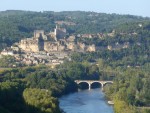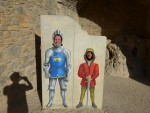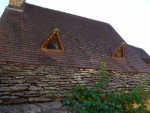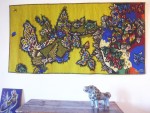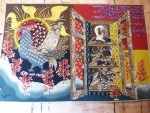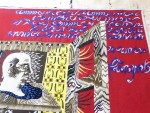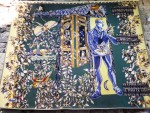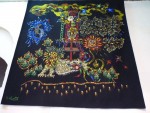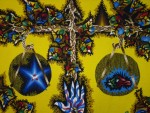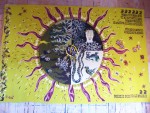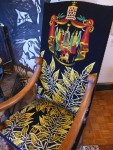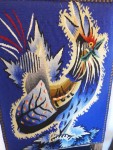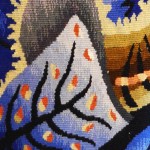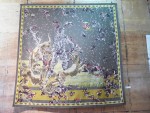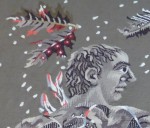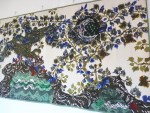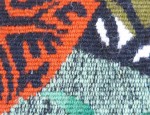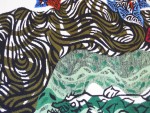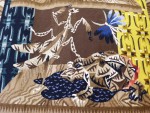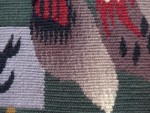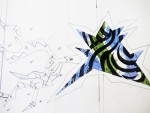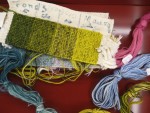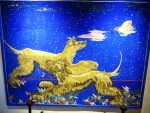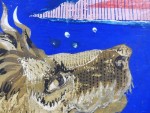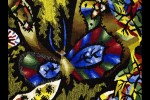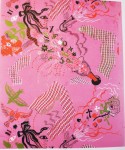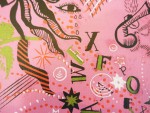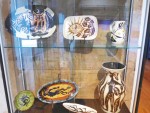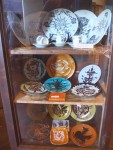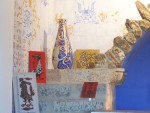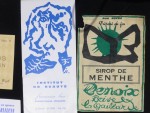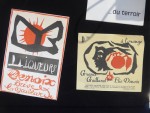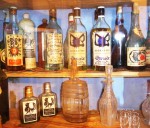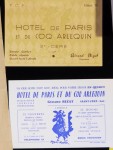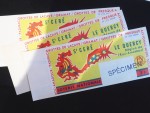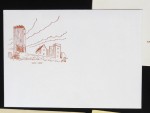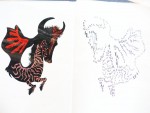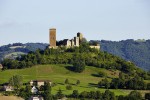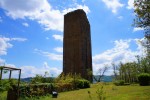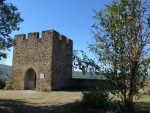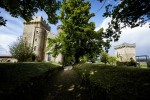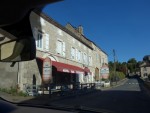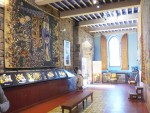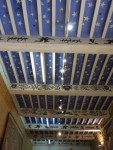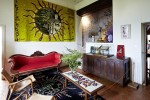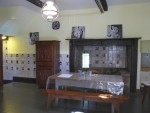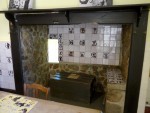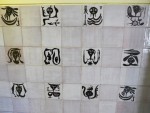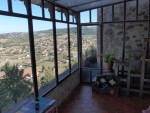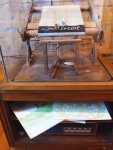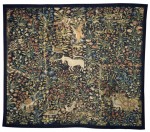Summer 2018. Still more photos to come. Somehow we saw all this in five days not counting the travel day on each end.
Atlantic seashore:
Arcachon – zany Victorian resort villas
Oyster farm villages
Cap-Ferret
Dune of Pilat – tallest sand dune in Europe
Dordogne and nearby:
St-Emilion
Beynac Castle
Domme and Sarlat
Marqueyssac Gardens
Padirac Chasm
Rocamadour – medieval churches built into cliff side
Castelnaud Castle
Not yet posted: Lascaux caves, pictures of food, Chateau de Losse
Bordeaux
The first row is the Miroir d’Eau (water mirror), a plaza with water less han 1/4″ deep that turns into a cloud every fifteen minutes. On that day the wind prevented much of cloud from forming so I found better pictures online (second row). Miroir d’eau is the term for the reflecting pools in front of Baroque palaces. Click here for video.
Bordeaux has whole neighborhoods filled with these little late 19th-early 20th century row houses called échoppes. I wouldn’t exactly call them beautiful or charming but they are interesting. Also these neighborhoods have hardly any trees due to the hot dry climate, Bordeaux being closer to Spain than to Paris. The streets are narrow and the sidewalks are only wide enough for one person. Normally échoppe means a small shop, stall, or chisel.
Arcachon
Arcachon, on the Atlantic seashore, was built as a health resort in the 19th century and has many flamboyant villas from that time in styles ranging from medieval castle to Swiss chalet to the style known in the U.S. as gingerbread.
Oyster farm villages
Arcachon Bay is filled with little oyster-farming villages such as Le Canon and Port de Larros.
Cap-Ferret, the Hamptons of France
An unassuming beach village between Arcachon Bay and the Atlantic shore which has become something of the Hamptons of France. Unimpressive 1970s bungalows sell for millions. Not to be confused with the similar-sounding and more famous – and still more expensive – Cap Ferrat on the French Riviera (on the Mediterranean), which has the second most expensive real estate in the world, after Monaco and before London and Hong Kong. We had lunch and went to the beach.
Europe’s highest dune, the Dune of Pilat
Click here for video.
St. Emilion
The main town in the Bordeaux wine country. Several medieval buildings are built directly into the rock, such as the “monolith church” and various chapels and catacombs.
Beynac Castle
Now we are in the Dordogne region. Dordogne is pretty much just another name for Perigord,which is more or less the main region in France for a variety of things: medieval castles, caves with Stone Age paintings, regular caves without paintings, truffles, duck and geese including foie gras, and walnuts. In the pictures of the village on the hill going up to the castle, a car or small truck can fit on every twisting little cobblestone path and there are little garages tucked into the medieval foundations at improbable angles.
Domme and Sarlat
Two more towns in the Dordogne
I thought this market in an old church that had been decommissioned since 1794 and since then was used for things like storing timber and coal was extraordinary and unique but then a friend informed me there’s one like it in the small town in Kentucky where she lives. Still, the huge black metal doors are very dramatic and have a quotation from the great post-modern philosopher Jean Baudrillard: “Architecture is combination of nostalgia and extreme anticipation”.
The stone building is a “lantern of the dead” from the twelfth century, of which there are about 100 in France, and no one knows what their purpose was and there are no explanations in written records from the time. They’re not located near cemeteries. One source I read made it sound like they have no door or stairs or other way to get into the room at the top with the windows but this one does.
Marqueyssac Gardens
Padirac Chasm
Click here for video.
This is a 300 foot deep vertical cave, basically a giant natural hole in the ground. At the bottom it leads to a chain of caves with an underground stream, a “Lake of Rain” with a perpetual gentle rain shower, a 300 foot high dome and other formations.
Everything in the cave is so strange and devoid of reference points to the surface world that even the photographs on the official website are hard to make sense of. There’s no sense of scale so you can’t tell how big things are or get any spatial orientation. They’ve done a great job of posting selections from the archives online: posters, diagrams, flyers and historic photos including views of the restaurant in the cave (Le Restaurant Troglodytique, closed some years ago) (archives part 1, archives part 2).
Rocamadour
Rocamadour is a complex of churches built on the side of a bluff as a pilgrimage site. It’s so steep and narrow you can’t really capture what it looks like in photos unless you were to take pictures from across the valley.
Castelnaud, a medieval castle in a threatened UNESCO Biosphere Reserve
Click here for video.
Castelnaud is a glorious medieval castle in a splendid setting but there are Stop the Valley Massacre banners around the region to protest the construction of bridges and highways which will allow as many tour buses as possible, and the largest ones possible, to drive directly up to tiny villages such as Beynac-et-Cazenac, population 500. Right now the landscape looks largely as it has for centuries and this appearance will be destroyed. From many vantage points, the new bridges and wide roads would be just about the only obviously modern structures that are at all visible, and the Dordogne Valley likely would lose its designation as a UNESCO Biosphere Reserve. Construction began in 2018 despite vehement opposition apart from a corrupt village mayor with an uncle in the higher ranks of the planning authorities and a handful of hotel owners. On December 28 2018, the nation’s highest court issued an injunction that stopped construction. An online petition opposing the project is here.
One of the many views where you can’t see anything today that doesn’t more or less look like it did 500 years ago, and where a highway and bridge for high volumes of tour buses are planned…
As for the magnificent castle… I discovered you almost just can’t take a decent picture of a castlle at all – any castle – except from a distant hilltop or an airplane. I never thought about this but they’re perched on steep hills so you can’t stand back and get a decent view. You just wind your way up a little path from the village and suddenly you’re looking up at towering walls.
It’s no better inside because the rooms tend to be either too small to be able to get a decent photo, or too large, unless you had professional wide-angle lenses, and at any rate they’re mostly just bare stone without much decoration or furnishings. Unlike chateaux or palaces or great British country estates, I don’t think these medieveal castles were really lived in much for the past few centuries.
The tapestries of Jean Lurçat
Saved the best for last. We made a pilgrimage to a remote village deep in the Occitanie region in southwest France, where Jean Lurçat (1892-1966), one of my top favorite artists, lived in an austere hilltop castle. His medium was tapestry, which has now largely been abandoned, forgotten, and superseded by the looser category of fiber arts.
Tapestry* was never very common because it is the most cumbersome, impractical and labor-intensive art form: it almost always involved enormous sizes – eight by ten feet is the low end, 20 by 30 is not uncommon – requiring looms so large that artists seldom if ever wove their own. The tapestries were made in central workshops by trained weavers, with anywhere from one to a dozen working full-time for a year or more to complete one tapestry. The main workshops in France were Aubusson, Gobelins and Savonnerie. Compounding the impracticality are the facts that each tapestry has to remain on the loom until it is finished and there isn’t any way to see the tapestry until it’s complete: each yard or so is wound onto a giant spool as it is finished and not until the whole thing is done can it be unwound and viewed.
Thus tapestries were seldom owned by private individuals. Originally they were used in castles, palaces and churches as combined insulation and decoration. After the invention of central heating they spread to high-level government offices, embassies, theater and hotel lobbies and cruise ships. Sometimes they hung in schools, hospitals and the more public sorts of government offices, I think more in Communist countries but I’m not sure. Small home looms owned by individuals have of course always existed but that seems to be have been a minor branch of the tapestry world and primarily a domestic craft made and displayed in people’s houses rather than in public, until fiber arts became established as a medium in the 1960s.
Close-up views showing the weaving
Other things Lurçat designed besides tapestries
The house, Château de Saint-Laurent-les-Tours
Inside
Another reason you never hear much about tapestries is that 95% of them, pretty much all the tapestries made from 1550 to 1940, are boring.
Good vs. boring tapestries
Before that, the medieval/Renaissance style, as in the famous Unicorn Tapestries, had a simplicity that still today comes across as appealing, engaging, inspired and compelling. Then for the next 400 years, no one attempted anything other than mimicking florid, elaborate Old Master paintings as closely as possible. They just look like lifeless, although extravagant, copies of paintings and definitely are not inspired or compelling. Even during the revolutionary cubist period in the 1910s-20s, tapestries were pleasant but boring copies of cubist paintings. Then in the 1930s and 40s, Lurçat became the first person in centuries to exploit the possibilities of tapestry for making artistic statements that only tapestry and no other medium can convey. Several others followed in his footsteps during a brief golden age of modern tapestry that lasted from the 40s to the 60s. Since then, the possibilities of using yarn and textiles for art have branched off in countless experimental directions, while this kind of traditionally-woven tapestry has sunk into clumsy and artistically shallow abstract designs that mainly just serve as ugly modern art for corporate boardrooms.
*True tapestries are woven on looms that have plain white strings running in one direction, and perpendicular to those, weavers weave wool yarns going crosswise in a simple under-over-under-over fashion, which conceals the white string. Normally there were no other applications of thread or yarn until free, diverse experimentation began in the 1960s. The Bayeux Tapestry is not a tapestry at all. It is embroidery with a needle and thread on white cloth. The ‘tapestries’ from India that are popular among college students as bedspreads and wall hangings, or at least were from the 1960s to 90s, are also not true tapestries. They are just cloth with printed designs and sometimes embroidery like the Bayeux Tapestry but done with machines. Fabrics such as upholstery or curtains that have designs such as flowers woven in with colored threads (as opposed to printed) are usually using the same basic technique as tapestry, only mechanized.
